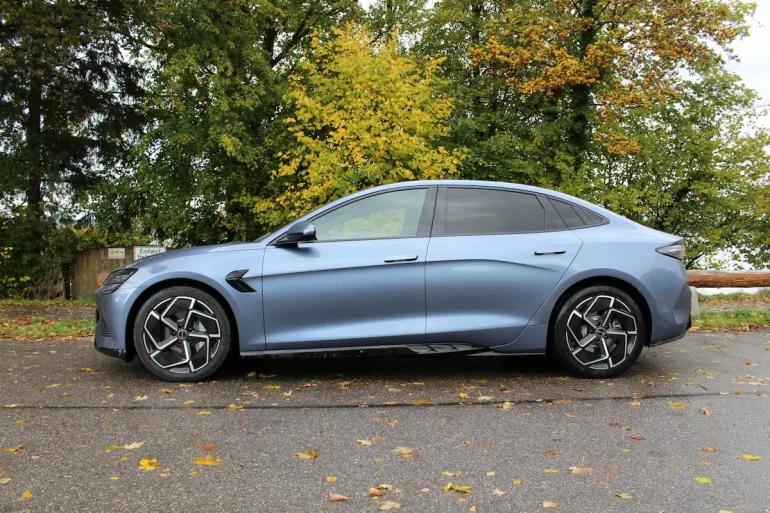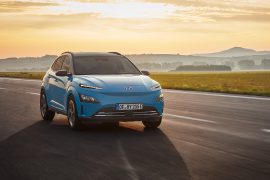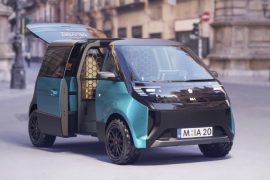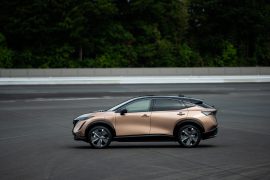Big words? Clickbait? Don’t we know what we’re talking about? Not at all. We were able to “experience” the BYD SEAL Excellence on the e-engine standard lap. The car made a lasting impression on us. But first things first.
Exterior
The design language of the SEAL is consensual. In other words, nothing about the car disturbs the aesthetic perception, which is of course subjective. The lines already impressively show that the BYD designers have done a great job. The silhouette is low, the drag coefficient of 0.219 is world class. Together with the relatively small frontal area, this already gives the car range. And then there are the little things, such as the retractable door handles, which make it easier to open the vehicle and save fingernails, or the 3.8 lettering at the rear, which is intended to signal the sprint from 0 to 100 km/h.
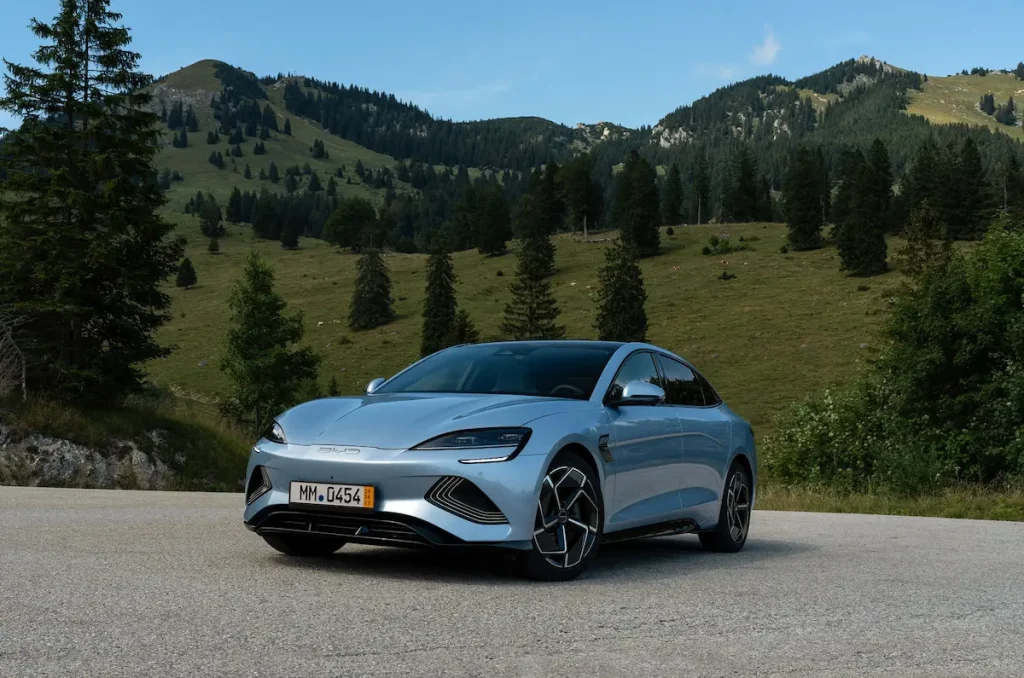
Technology
The SEAL is based on the latest platform iteration from BYD, the e-platform 3.0, which has been developed exclusively for electric vehicles. The most important cornerstones are state-of-the-art cell-to-body technology, which not least brings with it a torsional rigidity that is normally only found in sports cars. BYD manufactures its own batteries and is known for its blade technology. The SEAL also uses LFP batteries (without nickel, cobalt and manganese), which are not only more durable but also far less susceptible to fires. Thermal runaway, as with NCM batteries, is virtually impossible with this technology. And the battery has another advantage: it can often be charged to 100%.
Chassis
The chassis of the BYD SEAL in the AWD version (Excellence) works with an intelligent tool – iTAC. This “Intelligent Adaption Control System” works with torque shifting, appropriate torque reduction or negative torque output and other control methods. The result is impressive – never before has an electric car ironed out the jolting sections of the e-engine standardised lap as smoothly as the SEAL. Not even the previous leader in this discipline, the Mercedes EQC, can keep up. And no electric car has ever conveyed such a sense of safety through its road holding as the SEAL. The Polestar 2 Performance and the BMW i4 M50 have also found their champion here.
The recuperation surprised us at first. We found it far too “lax”, even in the highest setting. In the course of the test drive, however, it became clear that the SEAL was perfectly balanced. Although one-pedal driving to a standstill is not possible, the characteristics are more reminiscent of Volvo’s “car setting”. The effect: smoother driving, even though the brakes have to be used to come to a complete standstill. However, this is by no means a disadvantage.
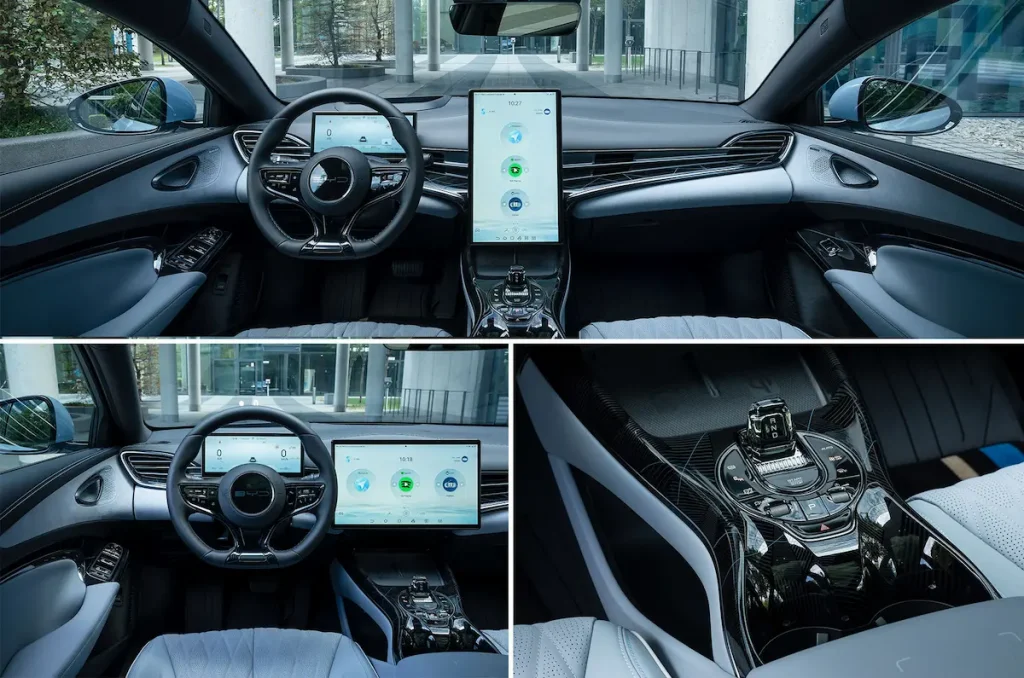
Interior
The interior of the SEAL is a success. The materials are of a high quality, although there are also some piano lacquer plastic applications here. The use of physical switches on the centre console, the steering wheel and in the door is a positive feature. The small instrument panel behind the steering wheel, which contains the most important driving information, is also pleasing. It is therefore not necessary to look at the large touchscreen in the centre console. Incidentally, as with all BYDs, it can be rotated from landscape to portrait format. The icing on the cake is the standard HUD in the Excellence version, which displays the most important information.
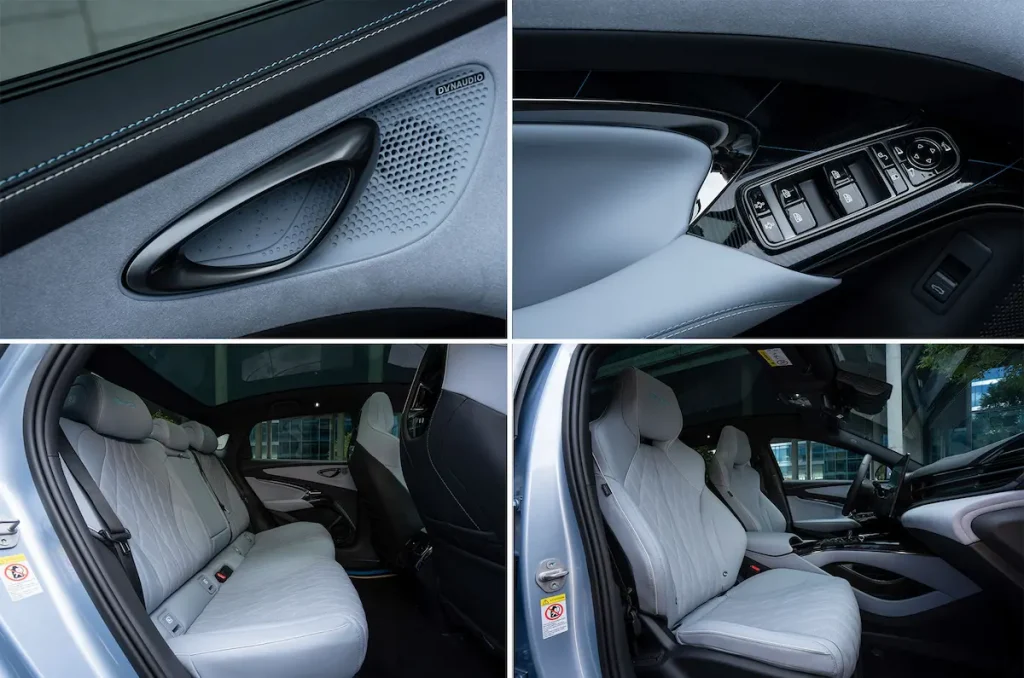
Thanks to the long wheelbase, space is ample and headroom is sufficient, partly due to the standard glass roof. There is actually room for three people in the back, even if you don’t necessarily want to chauffeur the third person sitting in the centre from Hamburg to Munich. The frunk is small and just enough (53 litres) for the usual tangle of charging cables. The boot, on the other hand, is a little tight at 400 litres, mainly due to the small loading opening. Of course, the rear seat can be folded down asymmetrically.
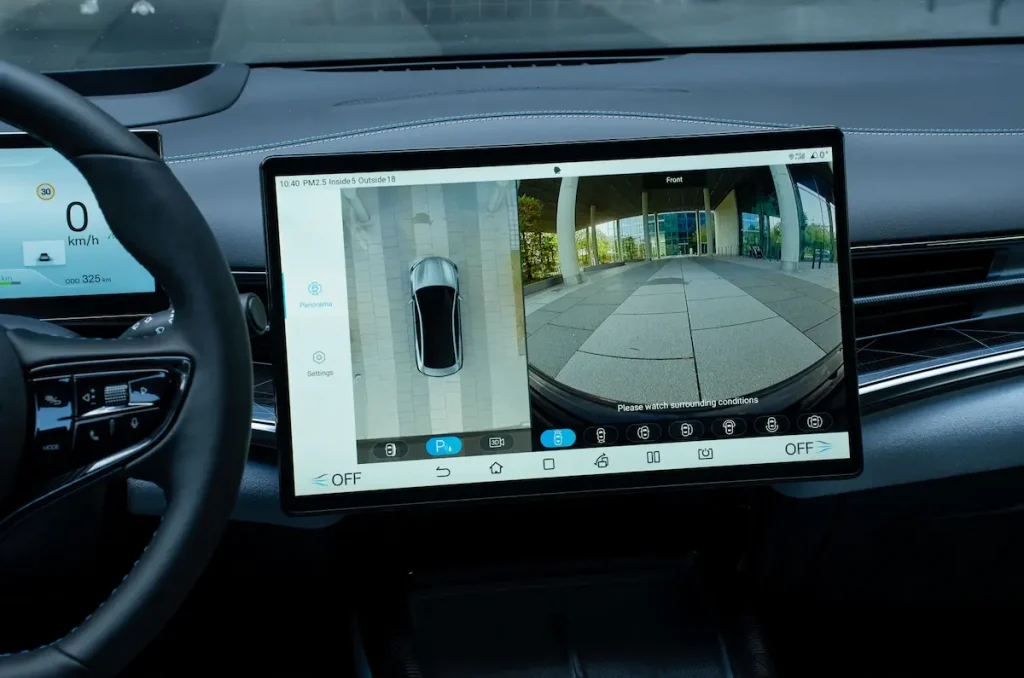
Driving impression
We were able to drive the e-engine standard lap, which was not included in the official evaluation this time. The reason: it rained very heavily at times and there was also a lot of lorry traffic on the test route. That is unusual. The average speed was correspondingly low at 63 km/h. Despite this, the SEAL only consumed 18.6 kWh at an outside temperature of 11-14°C. Over the entire test drive, which included motorway and city stages, the SEAL consumed 17.3 kWh according to the display. Speaking of the motorway: the car is only slowed down at 188 km/h (speedometer display) – we tested this on a dry road. In our driving style, which is by no means economical, the car would have travelled 373 km, so well over 400 km is possible in optimal conditions.
But even in the precarious road conditions, the Stromer could be manoeuvred extremely safely around bends. The steering gave a tight, direct impression even in the “comfort setting”, which incidentally provides enough “bump”. The road surface conditions could even be sensed in the steering behaviour – we found that amazing. Sport mode, on the other hand, is not for those with a coarse motor. However, only here can the full power of the car be called up.
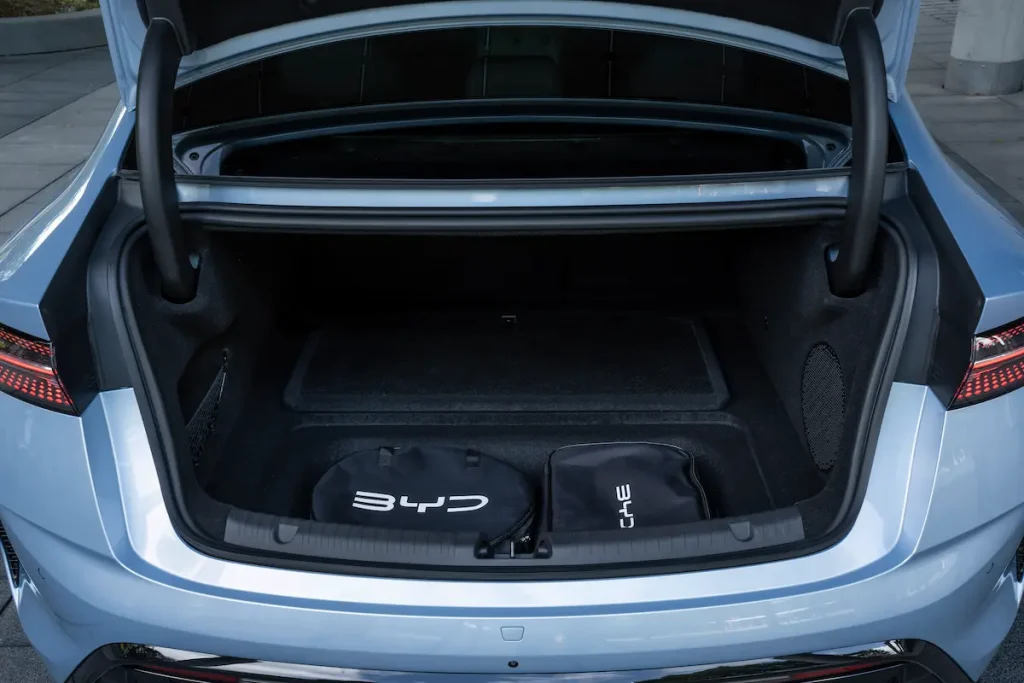
Conclusion
Even if the SEAL probably doesn’t achieve the consumption figures of a Tesla Model 3, almost all other features are superior to the American model, with the exception of charging performance. Even with a sporty driving style (and setting), the chassis remains comfortable and extremely safe thanks to iTAC technology. The interior noise level of the SEAL is so low that motorway speeds of around 150 km/h feel like you’re only doing 100 km/h – and that on a wet road. No electric car that we have driven so far has “felt” quieter, not even the NIO ET7, which sets the standard in this respect. Incidentally, all SEALs have a heat pump that works from -30° to +60° C and V2L (Vehicle-Top-Load) functionality.
The SEAL comes with RADAR, ultrasound, a great parking display with top view, which makes “rim destruction” of the standard 19-inch wheels virtually impossible. There is also CarPlay and Android Auto, apps, an ultra-responsive touchscreen and heated and ventilated seats for the summer. The seats are comfortable with good lumbar support. And then there are the steering column levers, which no longer exist in the Tesla, for example. In short, the SEAL does almost everything a little better than the previous benchmark, which we believe it replaces. As far as the price/performance ratio is concerned, the SEAL is unrivalled anyway.
Text: Bernd Maier-Leppla
Fotos:
Lead story: Bernd Maier-Leppla
Images in the Text: BYD

